
The St. Helena mountain kingsnake, is a little-known subspecies found in wooded areas ranging throughout the Mendovino, Napa and Sonoma counties in California; intergrades with the Sierra mountain kingsnake occur northward into southeastern Oregon, and the Washington population also appears to be comprised of intergrades.
Cages should be escape proof, complete with water and hiding area. Kingsnakes and milk snakes must be housed separately (except during the breeding season) because they are cannibalistic. Inexpensive enclosures such as plastic shoe or sweater boxes work well if there are ventilation holes drilled in the sides. Aquariums or home-made enclosures also work well if you want to display the snake. A variety of substrates may be used (aspen shavings, corn-cob-type rodent bedding or newspaper) to keep the animals clean, warm and dry.
Kingsnakes will feed on just about anything. They will consume warm-blooded prey such as rodents and birds, as well as cold-blooded prey such as lizards and frogs (in addition to other snakes).
Many species adapt well in captivity if kept between 80 and 85 degrees Fahrenheit, with a nighttime temperature drop of five to 10 degrees. Temperature control is important as it maintains feeding response and digestion.
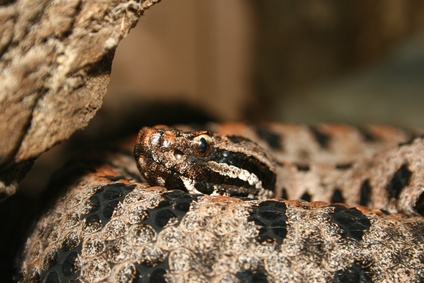 Florida King Snake Information
Florida King Snake Information
Florida
Florida King Snake Information
Florida King Snake Information
Florida
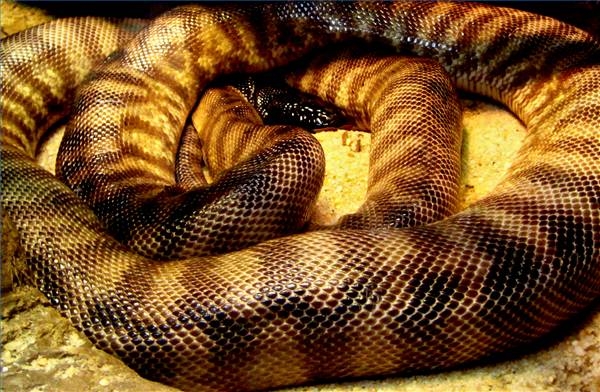 How to Set Up a Snake Aquarium
How to Set Up a Snake Aquarium
How to
How to Set Up a Snake Aquarium
How to Set Up a Snake Aquarium
How to
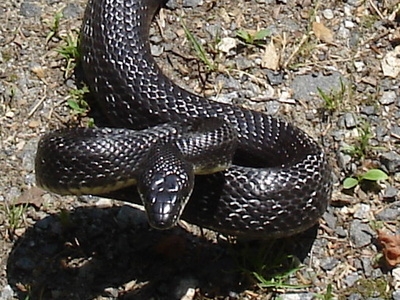 Black Snake Diet
Black Snake Diet
Black Snake Diet. Bla
Black Snake Diet
Black Snake Diet
Black Snake Diet. Bla
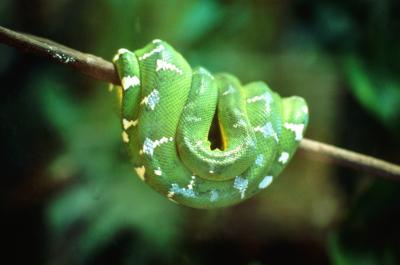 Green Snake Facts
Green Snake Facts
Green Snake Facts. O
Green Snake Facts
Green Snake Facts
Green Snake Facts. O
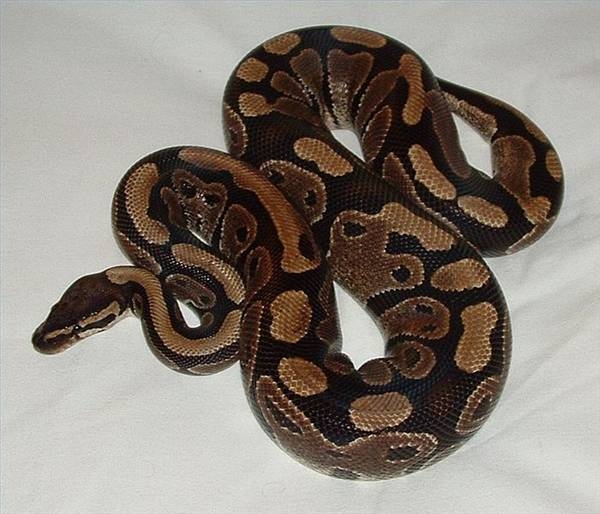 How to Clean Snake Cages
How to Clean Snake Cages
How to Clean
How to Clean Snake Cages
How to Clean Snake Cages
How to Clean
Copyright © 2005-2016 Pet Information All Rights Reserved
Contact us: www162date@outlook.com